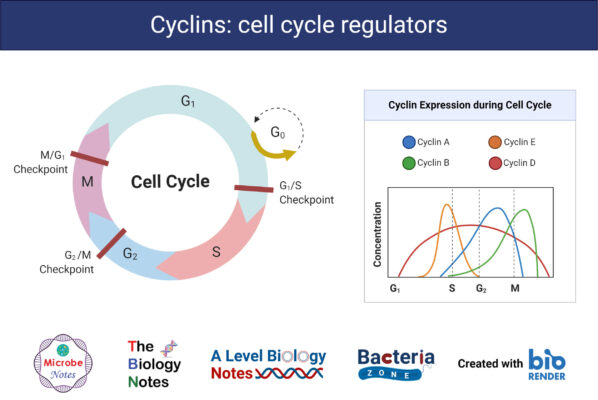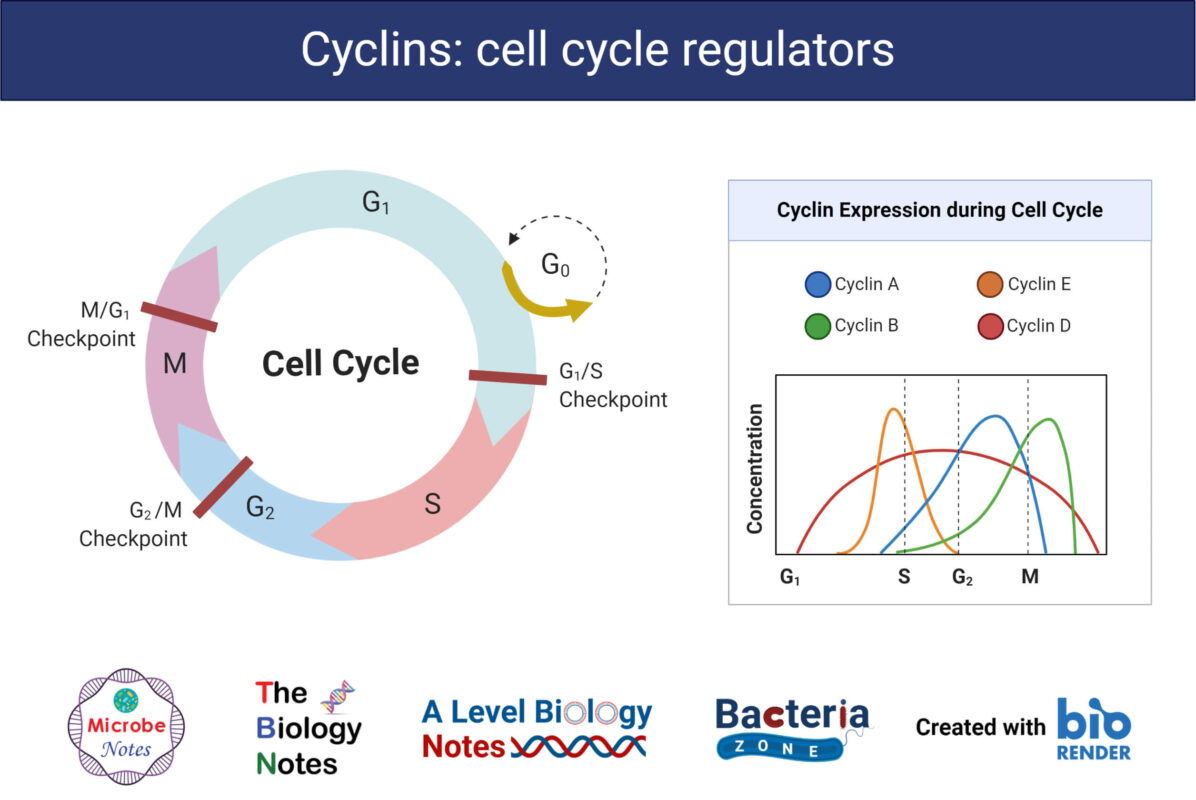If cell cycle regulators don’t function properly, it can lead to a variety of issues related to cell division and growth, which can have significant consequences for the organism. Cell cycle regulators include proteins such as cyclins, cyclin-dependent kinases (CDKs), tumor suppressors (e.g., p53), and proto-oncogenes (e.g., Ras), all of which control the progression through different phases of the cell cycle (G1, S, G2, and M). Here’s a breakdown of what can happen if these regulators malfunction:
1. Uncontrolled Cell Division (Cancer Development)
The most significant consequence of malfunctioning cell cycle regulators is uncontrolled cell division, which is a hallmark of cancer. When tumor suppressors like p53 (often referred to as the “guardian of the genome”) are mutated or lost, the cell cycle checkpoints are no longer functional. This means that cells with damaged DNA can continue to divide, leading to the accumulation of mutations. On the other hand, overactive proto-oncogenes (e.g., Ras, Myc) or cyclin-CDK complexes can also drive cells to proliferate uncontrollably, promoting tumor growth.
- Loss of p53: This can prevent the cell from undergoing apoptosis (programmed cell death) in response to DNA damage, allowing damaged cells to survive and proliferate.
- Overactivation of Cyclins/CDKs: When cyclins or CDKs are overactive or improperly regulated, cells may bypass important checkpoints, like the G1/S checkpoint, and continue dividing even when they shouldn’t.
2. Failure in DNA Repair and Mutagenesis
If the checkpoints that monitor the integrity of the DNA during the cell cycle don’t function properly, mutations can accumulate at a much higher rate. Normally, proteins like p53 and BRCA1/2 stop the cycle to repair DNA damage. If these checkpoints are bypassed, cells may pass on genetic errors to daughter cells, contributing to genetic instability, which can eventually lead to diseases like cancer.
- Checkpoint failure: Cells might not properly detect DNA damage during the S phase or G2 phase and continue through the cell cycle without repairing the damage. This contributes to genomic instability.
3. Cell Cycle Arrest (Senescence or Apoptosis)
In some cases, malfunctioning regulators can push cells into senescence or apoptosis (programmed cell death). For example, excessive activation of cell cycle arrest mechanisms can stop a cell from progressing through the cycle, leading to cell death or senescence. While senescent cells are no longer dividing, they can still secrete inflammatory factors that may contribute to age-related diseases or tissue dysfunction.
- Senescence: Sometimes, if the regulatory proteins sense significant damage, they may halt the cell cycle and push the cell into a permanent state of dormancy (senescence), preventing further division but not killing the cell.
- Apoptosis: If the DNA damage is irreparable, faulty regulators may trigger apoptosis, which could lead to excessive cell death, tissue damage, and disorders such as neurodegenerative diseases.
4. Aneuploidy (Abnormal Number of Chromosomes)
Cell cycle regulators also play a crucial role in ensuring that chromosomes are correctly distributed to daughter cells during cell division (especially during mitosis). If regulators are malfunctioning, this can lead to aneuploidy, a condition in which cells have an abnormal number of chromosomes. This often occurs due to problems with the spindle assembly checkpoint (SAC) or improper function of the centrosome, which controls chromosome separation.
- Aneuploidy can contribute to developmental disorders (e.g., Down syndrome) and is also frequently observed in cancer cells, where it contributes to genetic instability.

5. Developmental Abnormalities
In multicellular organisms, proper regulation of the cell cycle is essential for development. If regulators malfunction, it can cause impaired development, such as issues with organogenesis or growth. Cells might fail to divide when they should, leading to developmental delays, or they might divide too much, leading to tissue overgrowth.
6. Immune System Dysfunction
Certain cell cycle regulators are involved in immune responses. If regulators such as pRb (Retinoblastoma protein) or p53 are malfunctioning, it could impair the development and functioning of immune cells. This can lead to immunodeficiencies or autoimmune diseases.
In Summary:
When cell cycle regulators malfunction, it can lead to a range of issues, from cancer to developmental defects, immune dysfunction, and aging-related diseases. Proper regulation of the cell cycle is crucial for maintaining cellular integrity, genomic stability, and healthy tissue function. Without these regulatory mechanisms working correctly, cells can either proliferate uncontrollably or become damaged and die, both of which have serious consequences for the organism.

